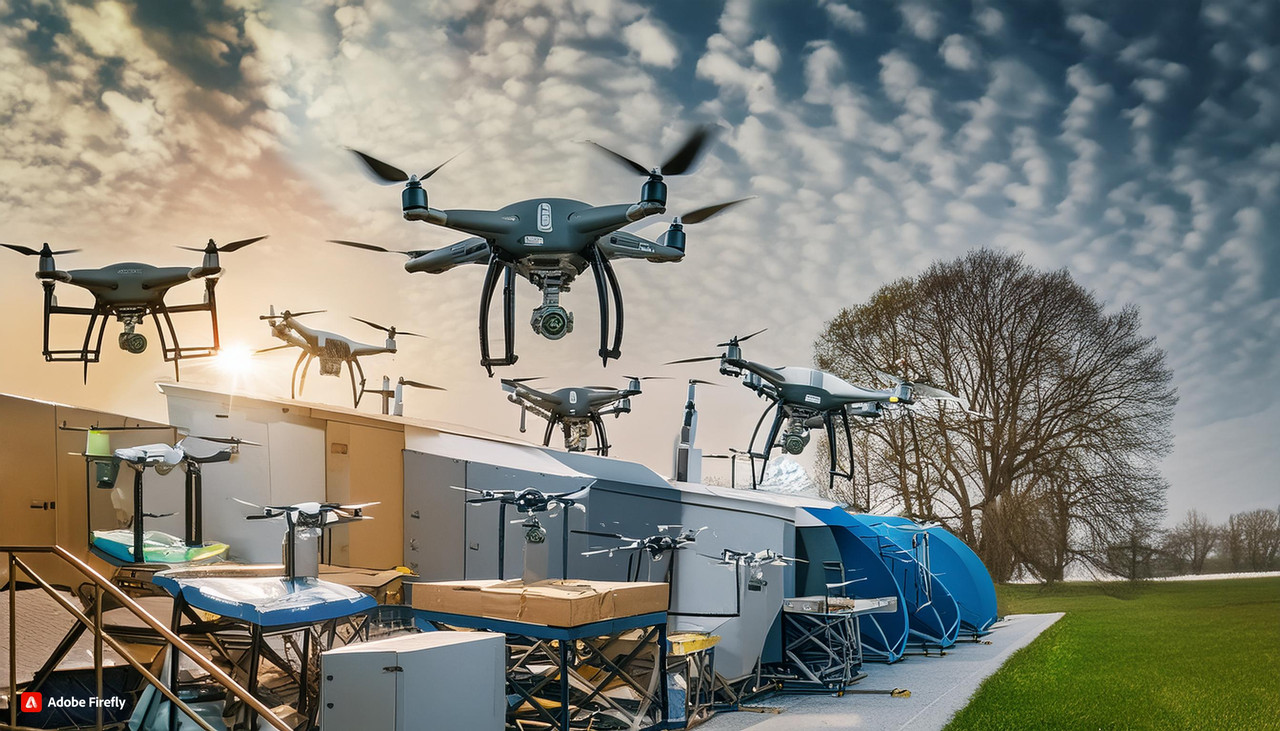
How Airline Mergers and Globalization Affect Pilot Job Opportunities?

Globalization has brought about a revolution to almost every industry, and the aviation industry is not left behind either. With the world becoming increasingly interconnected through technological advancements, transportation, and communication, the aviation industry has also had a notable impact. Globalization has brought about new opportunities and challenges in the world of aviation.
Mergers and acquisitions are common in the business industry, and the aviation industry is no different. Mergers are the combination of two companies into a single new entity, while acquisition is the overtaking of one company by another. In the realm of aviation, mergers and acquisitions have a significant impact on the industry.

Paybacks and Risks of Mergers and Acquisitions for Aviation Companies
Airline companies often engage in mergers and acquisitions. The main reason is to increase reach and market share. Through mergers and acquisitions, airline companies can expand their reach by accessing new routes, customers, and markets. This helps in the expansion of revenue.
Moreover, operational costs are reduced by mergers and acquisitions. By combining operations and resources with other companies, airlines can work more efficiently and reduce the cost of production. Hence, the profits of the companies also increase.
However, some risks need to be addressed. A prime challenge is the difficulty of integrating the two merging companies. Ineffective integration can bring about reduced service quality. Apart from that, mergers and acquisitions can also disrupt the company culture. Differences in company culture can cause conflict between employees and management.

Mergers and Acquisitions Process in the Aviation Industry
The process of mergers and acquisitions in the aviation industry involves several steps.
• The first step is recognizing potential targets or partners. Airline companies should analyze the market to identify companies that align with their goals.
• Secondly, the airline should negotiate with the target company. This involves deliberating over price, ownership, and other terms and conditions. After agreeing, airlines should get approval from the regulatory authority before a merger or acquisition happens.
• Thirdly, after approval, the airline must conduct operational integration between the two merging companies. This involves combining company systems, processes, and resources. Moreover, airlines must manage cultural and management changes that may arise from mergers or acquisitions.

The Impact of Airline Mergers and Acquisitions
• Airline mergers can lead to improved services and extra routes for passengers. However, it can also lead to higher ticket prices due to reduced competition.
• Employees often face indecision during mergers, but they can also benefit from enhanced job security and access to better resources. Mergers also generate significant changes in fleet management.
• Airlines expanding globally create prospects for pilots to fly on long routes or to international destinations. Pilots can seek opportunities with airlines that serve new markets.
• Globalization may lead to more consistent hiring practices across airlines, making it easier for pilots to find opportunities abroad; however, it also raises the bar regarding experience and qualifications.
• Merged airlines may offer part-time pilot roles to individuals who prefer a non-traditional schedule.

Impact of M&A on the Indian Aviation Industry
Over the past two to three decades, the Indian aviation industry has undergone several market shifts. The Air Corporations Act was passed in 1953, which controlled the airline industry and consolidated the eight independent airlines into two government-owned entities: Air India and Indian Airlines.
Following deregulation in 1991, the growing number of airline passengers, along with the limited number of market competitors, high entry costs and hurdles and large market shares, led to the formation of an oligopolistic industry.
Jet Airways and Air Sahara
Jet Airways and Air Sahara were founded under the Open Skies Policy in the 1990s. By 2006, Air Sahara was facing difficulties and had revised its business plan from a full-service airline to a low-cost carrier to survive. The losses mounted, and Air Sahara soon found itself seeking buyers to save itself.
Jet Airways and Etihad Airways
Jet Airways was in dire straits in 2013 and was rescued by Etihad Airways. Etihad Airways planned to acquire a 24% stake in Jet Airways. The agreement includes Etihad's participation in Jet Airways' Frequent Flyer Scheme, as well as the sale and lease of Jet Airways' Heathrow Airport slot, which was part of the Jet Airways-Sahara merger. It was a win-win situation for both, as Etihad had been anticipating its growth into one of India's key drivers of growth for some time, and Jet desired to be saved following the demise of JetLite.
Air India Limited and Indian Airlines
The government of India publicly owned the civil aviation business as part of the Air Corporation Act of 1953. At the time, the eight domestic airlines were merged to form Indian Airlines, which operated domestically, while Air India was responsible for handling international routes. The privatization of public firms was proposed in the 1990s as part of global liberalization, privatization, and globalization initiatives. Deregulation of air transport happened in conjunction with economic liberalization and to boost additional foreign investment.
Tata Group, Air India and Vistara
The Tata group took over Vistara and Air India. With this consolidation, Air India becomes India’s leading domestic and international carrier, operating 218 aircraft and therefore becoming India’s largest international carrier and the second-largest domestic carrier.
Tata Sons, through its fully owned subsidiary, Talace Private Limited, acquired a 100% stake in Air India on January 27, 2022.
Vistara, a Joint Venture between Singapore Airlines Limited (“SIA”) and Tata Sons, was established in 2013 and is India’s leading full-service carrier with international operations in the MEA and Europe.
Vistara was merged with Air India upon receipt of the requisite approvals. As part of the merger transaction, SIA also invested Rs 2,059 crore in Air India. Following the consolidation, SIA holds a 25.1% shareholding in Air India. The transaction was completed in March 2024.

Role of Regulation in Mergers and Acquisitions
Regulations are driving mergers and acquisitions in the aviation industry. Some regulations can ease the mergers and acquisitions process, while others can deter it. For example, some nations have regulations limiting foreign ownership in the aviation industry. This can hamper mergers and acquisitions by foreign companies.
Though some nations also have regulations that enable mergers and acquisitions. For instance, some nations allow airlines to merge with other airlines without approval from regulatory authorities. This can expedite the entire M&A process.

Challenges and Opportunities In Store for Mergers and Acquisitions in the Future
There will be challenges and opportunities that mergers and acquisitions in the aviation industry will face in the future. One of them is increasing competition. As more mergers and acquisitions of airlines occur, competition in the aviation industry may become increasingly intense. This can bring about lower ticket prices and smaller profit margins.
M&A can also offer growth opportunities. By combining resources, airlines can generate added value for their customers.
Summing Up the Scene
By undertaking mergers and acquisitions, airlines can expand their reach, increase efficiency, and improve profitability. To become a commercial pilot, you need a commercial pilot's license. To obtain a Commercial Pilot's License (CPL), you can attend a flight training school, such as Flapone Aviation. With the best facilities and instructors, you will be well-trained to handle any challenges that arise while flying an airplane in real-world situations.
Related Blog
Latest updates and insights from Flapone Aviation.

What Types of Drones Are Present in the Market?
October 8, 2024

How to Become a Pilot After 12th in India?
February 7, 2025

What are the Basics of Drone Piloting?
February 7, 2025




Author Bio
A dynamic and seasoned content writer with 6 years of experience curating content for different platforms. With the knowledge of all the cogs of content writing and SEO, he has served in various industries. He believes that content is the kingpin, and if penned well, it has a lasting impact on the minds of the readers. Apart from content creation, he is also an ardent poetry lover and performer. He has two publications of his poetry collection, namely Alfaaz and Chestha